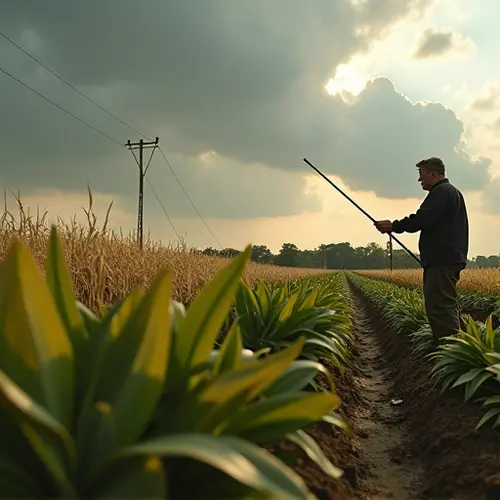
Extreme Weather Events Disrupt Global Agriculture
In 2025, extreme weather events have continued to wreak havoc on global agriculture, leading to significant disruptions in food supply chains and price volatility. From droughts in the U.S. Southwest to unprecedented flooding in Southeast Asia, farmers worldwide are grappling with the unpredictable impacts of climate change.
Impact on Food Prices
The ripple effects of these disruptions are evident in global food markets. Prices for staples like wheat, corn, and soybeans have surged, exacerbating food insecurity in vulnerable regions. According to the U.S. Environmental Protection Agency (EPA), climate change is expected to intensify these challenges, with more frequent and severe weather events projected in the coming decades.
Supply Chain Challenges
Supply chains are also under strain. Heavy rainfall and flooding have damaged infrastructure, delaying shipments and reducing the availability of fresh produce. Meanwhile, droughts have forced farmers to rely on costly irrigation systems, further driving up production costs.
Long-Term Solutions
Experts emphasize the need for adaptive farming practices, such as drought-resistant crops and improved water management. Governments and organizations are investing in climate-smart agriculture to mitigate these impacts, but the road ahead remains uncertain.

 Nederlands
Nederlands
 English
English
 Deutsch
Deutsch
 Français
Français
 Español
Español
 Português
Português